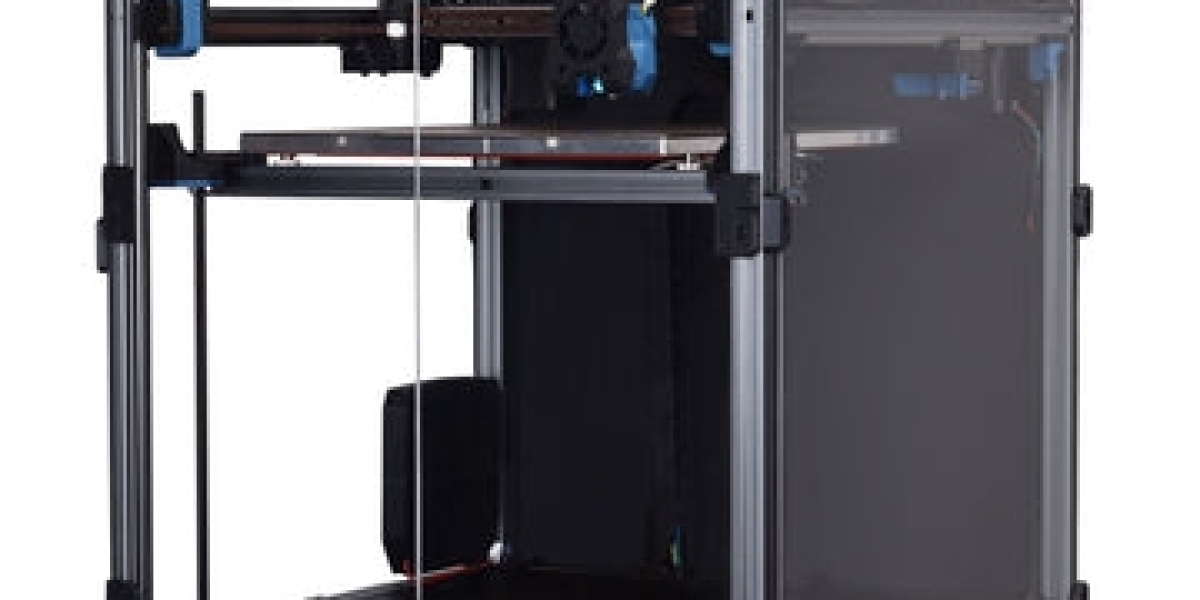As we stand on the brink of a new industrial revolution, the future of manufacturing is being reshaped by technological advancements, and at the heart of this transformation lies CNC (Computer Numerical Control) machining. With its precision, flexibility, and efficiency, CNC machining is poised to play a central role in shaping the future of manufacturing. This article delves into the evolving landscape of CNC machining products and explores the trends and innovations driving the future of manufacturing.
The Rise of CNC Machining in Industry 4.0
Industry 4.0 Integration
- Smart Factories: In the era of Industry 4.0, CNC machining products are becoming integral components of smart factories, where interconnected machines communicate and collaborate in real-time, optimizing production processes and resource utilization.
- IoT Connectivity: CNC machines equipped with IoT sensors gather data on machine performance, tool wear, and production metrics, enabling predictive maintenance, remote monitoring, and data-driven decision-making.
Digital Twin Technology
- Virtual Prototyping: Digital twin technology allows manufacturers to create virtual replicas of CNC machining systems, enabling simulation, optimization, and predictive analysis of machining processes before physical production begins.
- Real-Time Optimization: By integrating digital twins with CNC machining operations, manufacturers can dynamically adjust machining parameters, tool paths, and production schedules in response to real-time data and market demands.
Advancements in CNC Machining Technology
High-Speed Machining
- Increased Efficiency: Advances in spindle technology, cutting tool materials, and machine dynamics enable high-speed machining processes, reducing cycle times and improving productivity without compromising accuracy or surface finish.
- Optimized Toolpaths: Sophisticated CAM software algorithms generate optimized toolpaths tailored to high-speed machining, minimizing tool wear, vibration, and heat generation for enhanced machining efficiency and part quality.
Multi-Axis Machining
- Complex Geometries: Multi-axis CNC machining capabilities empower manufacturers to produce complex geometries and intricate parts with greater precision and efficiency, unlocking new design possibilities and applications across industries.
- Reduced Setup Time: Multi-axis machining reduces the need for multiple setups and manual repositioning of workpieces, streamlining production workflows and reducing lead times for high-mix, low-volume manufacturing.
Sustainable Manufacturing Practices
Eco-Friendly Solutions
- Energy Efficiency: Modern CNC machining products incorporate energy-efficient technologies such as regenerative braking, variable frequency drives, and optimized cooling systems to minimize energy consumption and environmental impact.
- Material Optimization: CNC machining enables efficient material utilization and waste reduction through strategies such as nesting, part consolidation, and additive/subtractive hybrid manufacturing processes, promoting sustainability throughout the product lifecycle.
Circular Economy Initiatives
- Recycling and Reuse: CNC machining facilitates the recycling and reuse of materials, scrap, and end-of-life components through closed-loop manufacturing processes, contributing to a circular economy and reducing reliance on virgin resources.
- Remanufacturing: Remanufacturing practices leverage CNC machining capabilities to refurbish and upgrade used components, extending product lifecycles, reducing waste, and fostering resource conservation in manufacturing operations.
Conclusion
The future of manufacturing is intertwined with the evolution of CNC machining products, as they continue to drive innovation, efficiency, and sustainability across industries. Embracing








